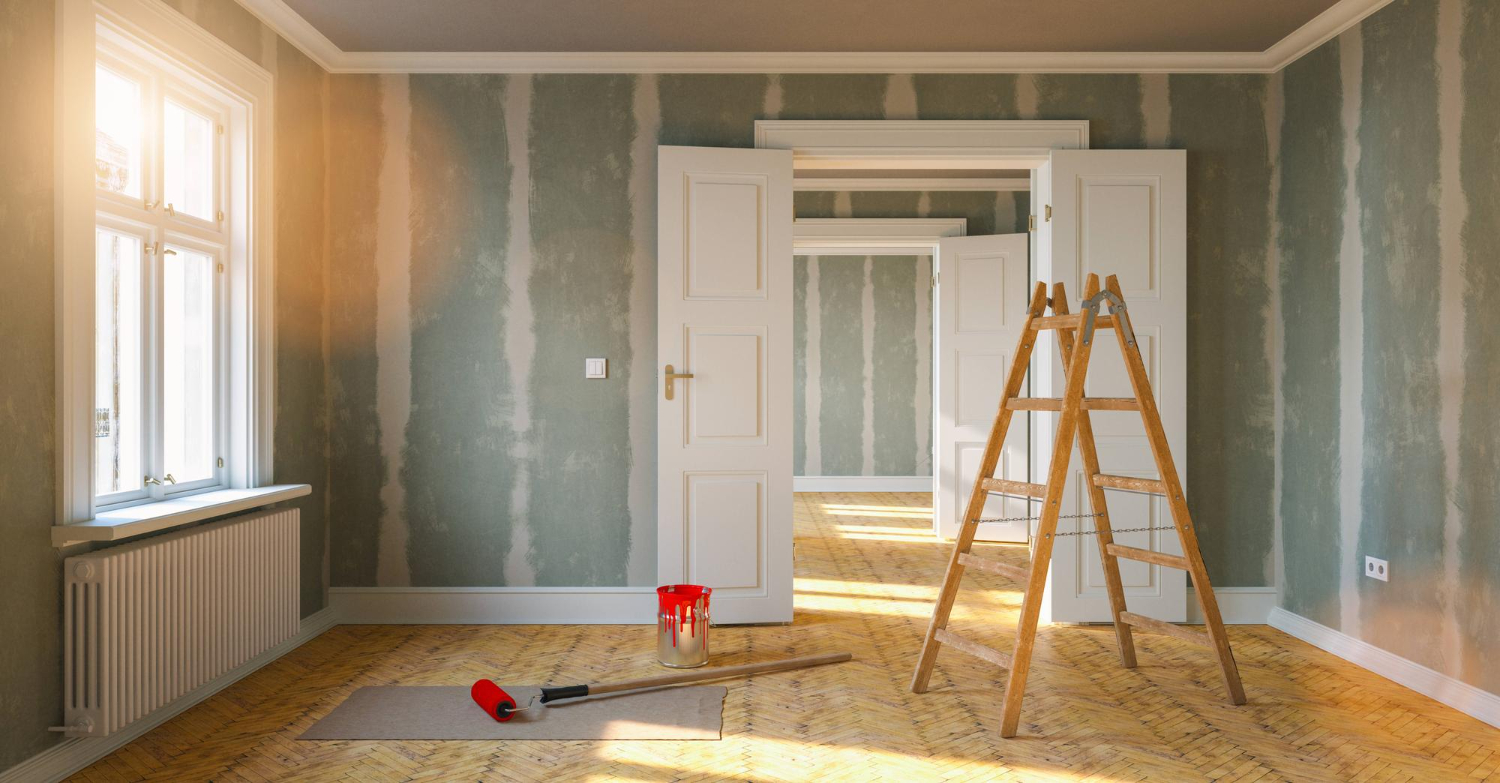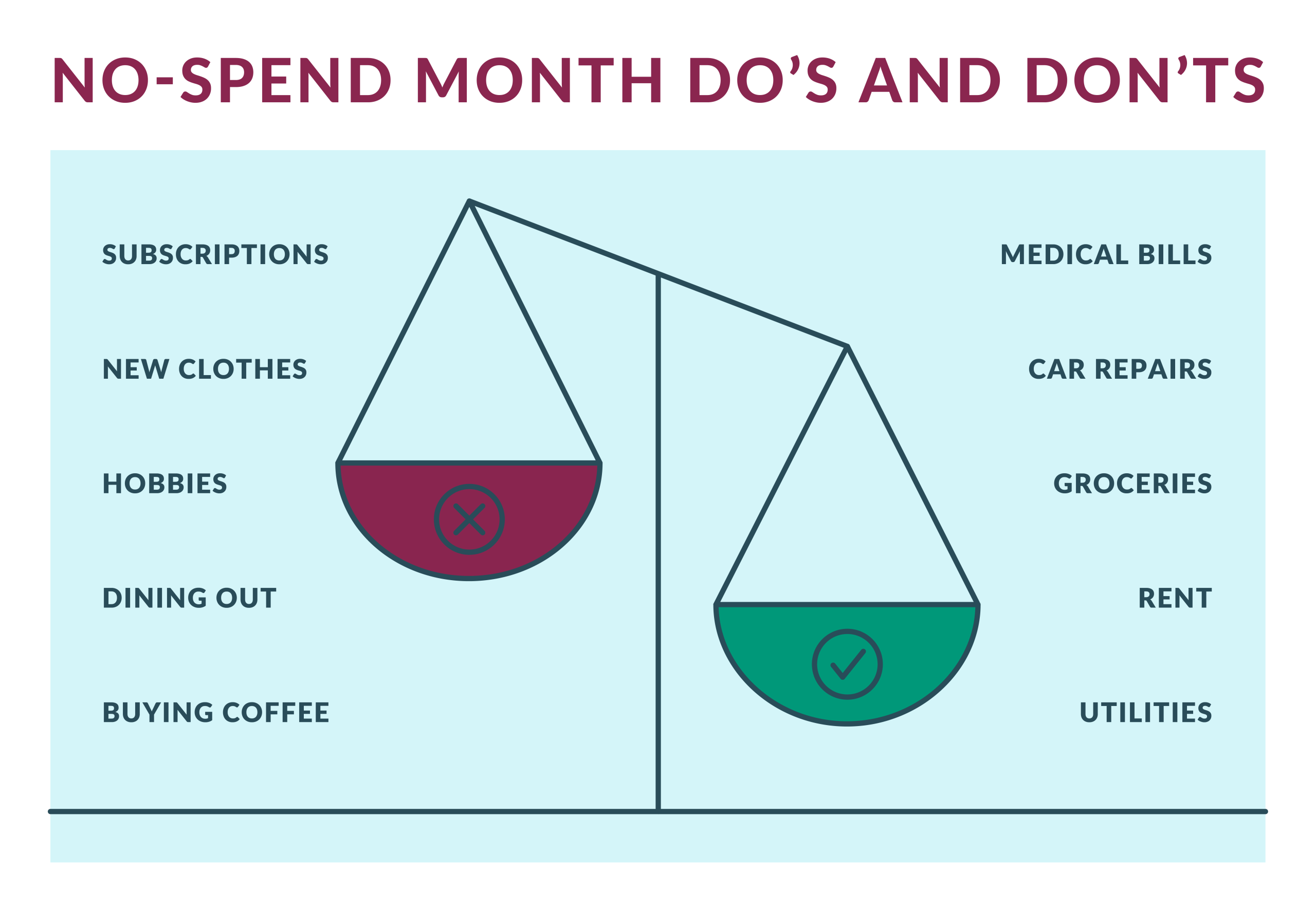Anúncios
Renovating a home is an exciting project, but it often requires significant financial investment. To help cover the costs, many people opt for a home improvement loan.
This can be a viable solution for those who want to renovate or modernize their residence but don’t have the resources available upfront.
However, before moving forward with this decision, it’s important to understand how these loans work, if you qualify for them, and the pros and cons of this option.
If you want to learn more about home improvement loan, follow this content and analyze whether it will be a good option for you.
How does a home improvement loan work?
Home improvement loans work similarly to other types of personal loans. They allow homeowners to borrow a specific amount of money to cover the costs of home improvements.
The money can be used for various purposes, such as kitchen upgrades, structural repairs, landscaping, or even improving the home’s energy efficiency.
These loans can be obtained from several sources, such as banks, credit unions, or financial institutions specializing in personal loans.
The approved amount, interest rates, and payment terms vary depending on factors such as your credit score, income, and the amount needed for the renovation.
Typically, these loans do not require collateral, which means your home won’t be used as security in case of default.
This sets them apart from other financing options, such as second mortgages or home equity lines of credit (HELOC), which put your property at risk if you fail to make payments.
Do you need a good credit score to get a home improvement loan?
Yes, having a good credit score is an important factor in securing a home improvement loan with favorable terms.
The credit score directly influences the interest rate you’ll receive and, in some cases, your eligibility for the loan.
Generally, the better your credit score, the lower the interest rate you’ll pay, making the loan more affordable in the long run.
For unsecured loans, such as those used for home improvement, lenders typically expect to see a credit score of at least 600 to 650, with higher scores (above 700) potentially securing much lower interest rates.
If your credit score is below this threshold, you may still qualify for a loan but should be prepared for higher interest rates, which can increase the total cost of the renovation.
Some institutions may offer loans to individuals with lower credit scores, usually charging higher fees or imposing stricter conditions.
Therefore, it’s crucial to assess whether a loan with these terms will still be advantageous in your specific case.
Know the pros and cons of a home improvement loan
Before deciding to apply for a home improvement loan, it’s important to weigh the pros and cons of this financial decision. This will help ensure that you make the best decision for your circumstances.
Pros
- Immediate improvements: The main advantage of a home improvement loan is the ability to make improvements to your home without having to wait until you save the full amount. This can be especially useful if the repairs or upgrades are urgent, such as roof or electrical system repairs.
- Increased property value: Many renovations, such as kitchen or bathroom remodels, can increase the resale value of your home. Even if you need to take on short-term debt, these improvements can result in a positive financial return when you sell your property.
- Fixed interest rates: By opting for a loan with a fixed interest rate, you’ll know exactly how much you’ll pay each month, making it easier to plan your budget. This provides financial predictability, unlike secured lines of credit, where rates can fluctuate.
- No collateral option: Unlike loans with home equity guarantees, a personal loan for renovation does not require you to offer your home as collateral, reducing the risk of losing your property if you face financial difficulties in the future.
Cons
- Higher interest rates: Since these loans are unsecured, interest rates tend to be higher than secured options, such as a second mortgage or HELOC.
This can increase the total cost of the loan over time. - Credit impact: By taking out a home improvement loan, you’re assuming additional debt, which can affect your credit score, especially if you already have other financial obligations.
Late payments can also significantly harm your credit. - Fixed monthly payments: While fixed rates can make budgeting easier, they also mean you’ll be committed to consistent monthly payments for a set period, limiting your financial flexibility.
When to get a home improvement loan?
A home improvement loan can be a great option in certain situations, especially if you need money quickly to make essential improvements to your property.
Here are some scenarios where this option may be beneficial.
- Urgent repairs: If your home needs repairs that can’t be delayed, such as structural problems or faulty electrical systems, a loan may be the ideal solution. In these cases, the cost of waiting could result in greater damage and more expensive repairs in the future.
- Improvements for value increase: If you’re planning to sell your home soon, a renovation loan can help you make updates that will increase the property’s market value. Renovations in areas like the kitchen and bathroom are known to generate a good return on investment.
- Energy efficiency improvements: Upgrades such as installing energy-efficient windows, solar panels, or modern heating and cooling systems reduce your long-term energy costs, justifying the initial investment.
When is this type of loan not recommended?
While a renovation loan can be an effective solution in many cases, there are situations where it may not be the best choice.
- You already have a lot of debt: If you’re already struggling to manage existing debts, adding a renovation loan may worsen your situation. In such cases, it’s wiser to wait until your financial situation improves or look for alternative ways to finance the renovations.
- Your credit score is low: With a low credit score, you’re likely to receive high interest rates, making the loan more expensive. In this case, improve your credit score before applying for financing.
- You’re not in a hurry to renovate: If the renovations you want to do are purely cosmetic or not a priority, it might be more sensible to save up and pay for them with your own resources, avoiding taking on debt.
How to get a home improvement loan?
To get a home improvement loan, the first step is to assess your financial situation and determine how much money you really need.
Next, research different lenders and compare interest rates, payment terms, and conditions offered.
Many financial institutions allow you to apply for pre-approval online, which can give you an idea of the terms you can expect.
Once you choose a lender, you’ll need to submit a formal loan application, which involves checking your credit score, income, and financial history.
Be prepared to provide documents such as proof of income and bank statements. Once approved, the money will be deposited into your account, and you can begin the planned renovations.
A home improvement loan can be a good way to finance important improvements to your property, as long as it’s used wisely.
By considering the pros and cons and evaluating your ability to make payments, you can make an informed decision that benefits both your home and your finances.
For more information on how to choose the best loan for your renovation, keep browsing our website and access other financial tips and personalized advice.
Also, read our content explaining everything about car loans and how you can get one without worries!






